SUMMARY
This is AI generated summarization, which may have errors. For context, always refer to the full article.
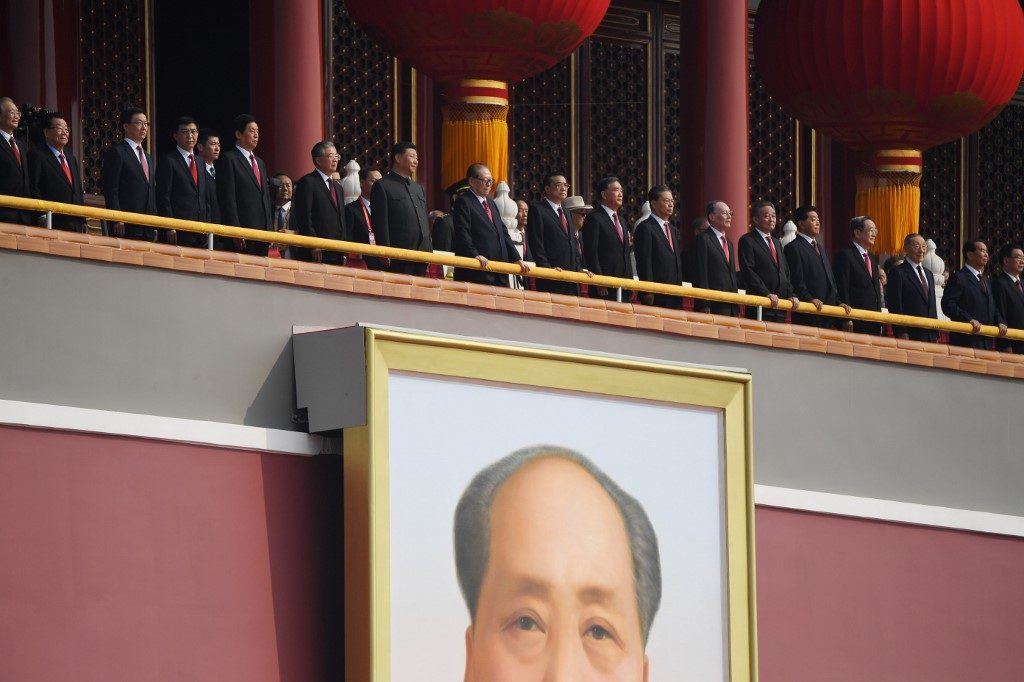
MANILA, Philippines – On a podium at the center of the Gate of Heavenly Peace, Chinese President Xi Jingping stood tall above a portrait of Mao Zedong as he watched a parade of military might cross the length of Beijing’s Avenue of Eternal Peace.
The image of the two powerful Chinese leaders – one who was the country’s founding father and another who was born after the revolution that birthed it – looked on as the staccato of 15,000 soldiers marching in unison filled the space below them.
A showcase of advanced intercontinental ballistic missiles, hypersonic drones, and fighter jets were put on display as a cultural showcase of China’s leaders completed the anniversary parade.
China had much to celebrate. On October 1, 2019, all eyes were on the Asian giant as it marked 7 decades since the founding of the People’s Republic of China in 1949. The occasion was historic, with China now the longest surviving communist regime in the world – outlasting the former Soviet Union by one year and counting.
The vast parade was unimaginable 70 years ago but in the decades that separated Xi and Mao, China had grown from poverty to prosperity – becoming one of the most powerful states not only in the region, but the world.
No force can stop us
Years of playing catch up were over. China’s development boosted it to the spot of the world’s second largest economy, growing to 90 trillion RMB ($13.6 trillion) as of 2018. An economic powerhouse, China’s celebration showed the world it was no longer the same nation that once struggled to compete.
By Xi’s own words, the founding of the PRC 70 years ago, marked “the end of more than 100 years of humiliation and misery the country suffered since modern times.” China, in fact, is now a dominant player rivalling a superpower in the United States and shaping the world today.
To mark the historic moment, Xi dressed in a crisp grey Mao suit as he stood on the same spot Mao had 70 years ago. And in a speech that called for unity and peace, hard work, and a commitment to the Communist Party of China, Xi declared: “Today a socialist China is standing in the East of the world and there is no force that can shake the status of this great nation.”
“No force,” he said, “can stop the Chinese people and the Chinese nation forging ahead” as he vowed China would pursue a path of “peaceful development.”
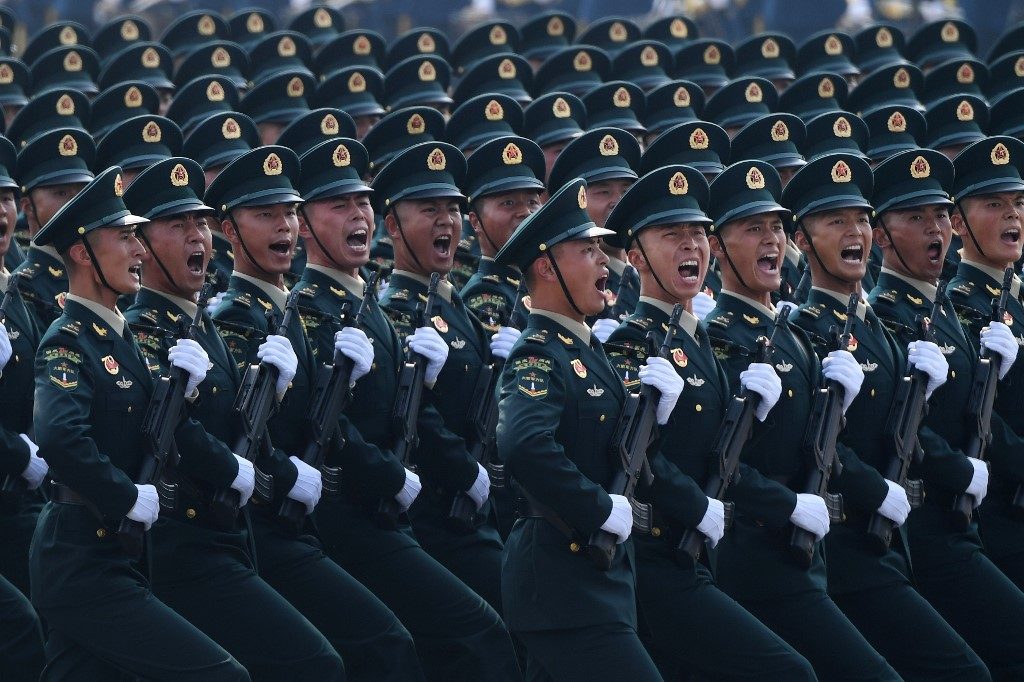
But forging ahead has its costs, now unravelling among China’s citizens and neighbors.
Dissenting voices
About 1,965 kilometers from the capital of Beijing, nearly 4 months of unrest over China’s tightening grip on Hong Kong crippled the city as protestors took to the streets on China’s 70th founding anniversary.
“No celebration. Only demonstration,” leading Hong Kong activist Joshua Wong tweeted.
There would be none of the usual festivities like a flag raising ceremony and fireworks to commemorate the occasion in the harbour city. Instead, those activities were called off and China’s 70th anniversary in Hong Kong ended with aggressive police tactics resulting in one protester shot with a live round and one journalist permanently blinded in one eye.
“Hong Kong’s Today; The World’s Tomorrow? The Chinese Communist Party is tearing Hong Kong apart,” Wong decried. “If we fall, who will be the next?”
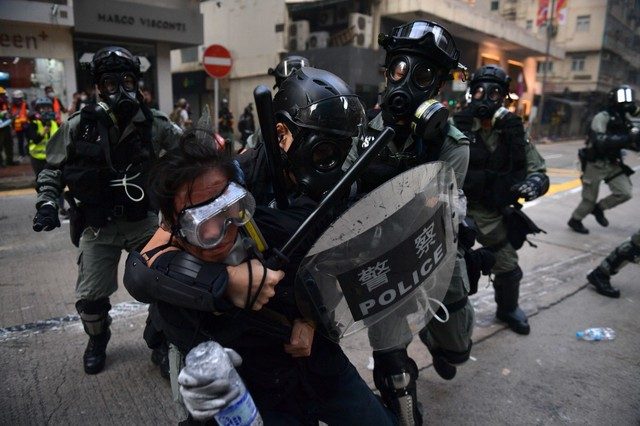
This seeming split in messaging is not confined to China’s borders. Outside it, one need not look further than the Philippines to see this.
In a ballroom of the Shangri-La Hotel in Makati City, China Ambassador to the Philippines Zhao Jianhua told a room filled with Philippine officials, foreign dignitaries, and journalists that 70 years of communist rule in China “achieved a miracle of development unprecedented in human history.”
“In just a few decades, China has completed a course that took developed countries several hundred years…. Today China is marching forward along the peaceful path of rejuvenation,” he said in a speech on September 26.
Like other countries it boasted having diplomatic relations with (from 18 in 1949 to 179 in 2019), the Philippines, Zhao said, shared in China’s successes.
Warming ties between Manila and Beijing under the Duterte administration have seen China become the Philippines top trading partner, its largest source of both imports and exports, and its second largest source of tourists.
China has also become one of the country’s largest sources of foreign investments and aid, with as much as $398 million in grants and $273 million in soft loans given as of 2018, Zhao said.
The Philippines, he added, can also expect some $421 million more in grants to be provided from 2019 to 2022 and “more than a dozen” flagship infrastructure projects to be completed in the “next few years.”
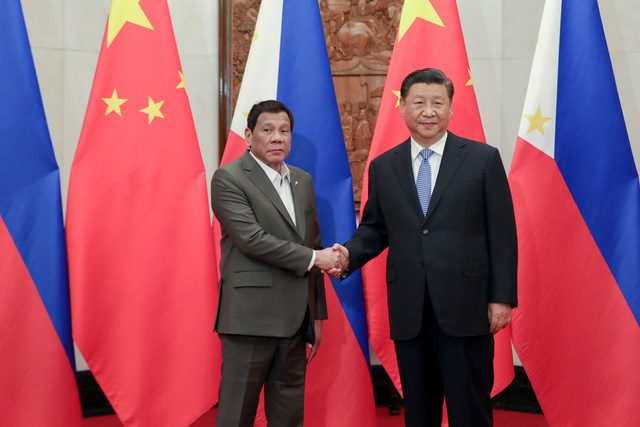
“China is committed to being a good neighbor, a good partner and a good friend of the Philippines,” Zhao said.
But according to University of the Philippines political scientist Herman Kraft, cordial ties between Beijing and Manila are only evident at the official level. On the ground, Filipinos’ attitude towards China has repeatedly shown a lack of trust.
A recent survey by the Social Weather Stations (SWS) showed this, with only two in 10 Filipinos believing China has good intentions for the Philippines as of April 2019.
“China has consistently emerged as a country viewed with suspicion by Filipinos especially when compared with how the US measures up among Filipinos. The cordial relations nurtured by President Duterte has not led to Filipinos welcoming the Chinese with open arms,” Kraft told Rappler.
Chinese nationals working in the Philippines can be caught in the crosshairs of Filipino’s suspicions over China. In Philippine offshore gaming operations, for instance, many Chinese workers coming to the Philippines were poor and often exploited by their employers. They are also exposed to racism amid tensions between the two countries.
According to a report from risk-analysis company PSA Philippines Consultancy, there were also at least 21 incidents of Chinese nationals being kidnapped in 2019 in relation to gambling debts. This was over 5 times the number of kidnappings related to gambling debts in 2017 (4) and 2018 (4) and over 20 times more than the number in 2016 (0) and 2015 (0).
Yet while both Manila and Beijing boast of friendlier ties, Chinese investments in the Philippines have also yet to deliver more than halfway into the Duterte administration.
Foreign Secretary Teodoro “Teddyboy” Locsin Jr admitted this much during an interview with Asia Society Policy Institute president Kevin Rudd where the top diplomat said Chinese investments in the Philippines have “hardly materialized.”
“Yes, we sign up to this and that agreement but they hardly materialize. They hardly materialize and if you would compare to Japanese investments and official assistance – nothing,” Locsin said.
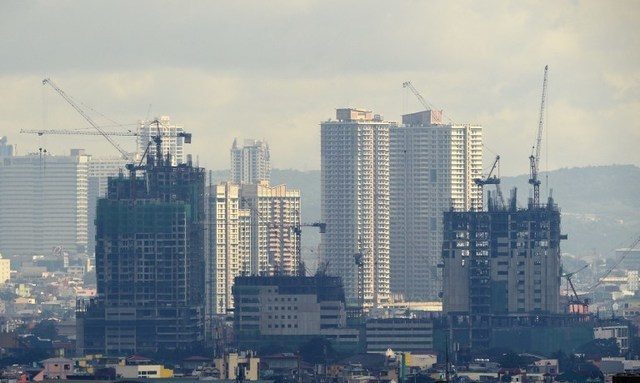
For Greg Poling of the Washington-based Asia Maritime Transparency Initiative (AMTI) of the Center for Strategic and International Studies (CSIS), problems on the economic may mean that “sooner or later Manila will have to admit that Chinese economic largesse is not what it was supposed to be.”
Trouble in high waters
It’s in the maritime area that a gap between what Chinese officials say and what happens in reality is most apparent.
“China is committed to maintaining peace and stability with the Philippines,” Zhao claimed as he added China had the “greatest stake” in safeguarding peace in the maritime area since more than 60% of its trade and energy involved the South China Sea.
“It is our belief that the South China Sea Issue is not the sum-total of China-Philippines relations, nor disputes the sum total of the South China Sea issue,” he added. It’s a line often said by both Philippine and Chinese officials.
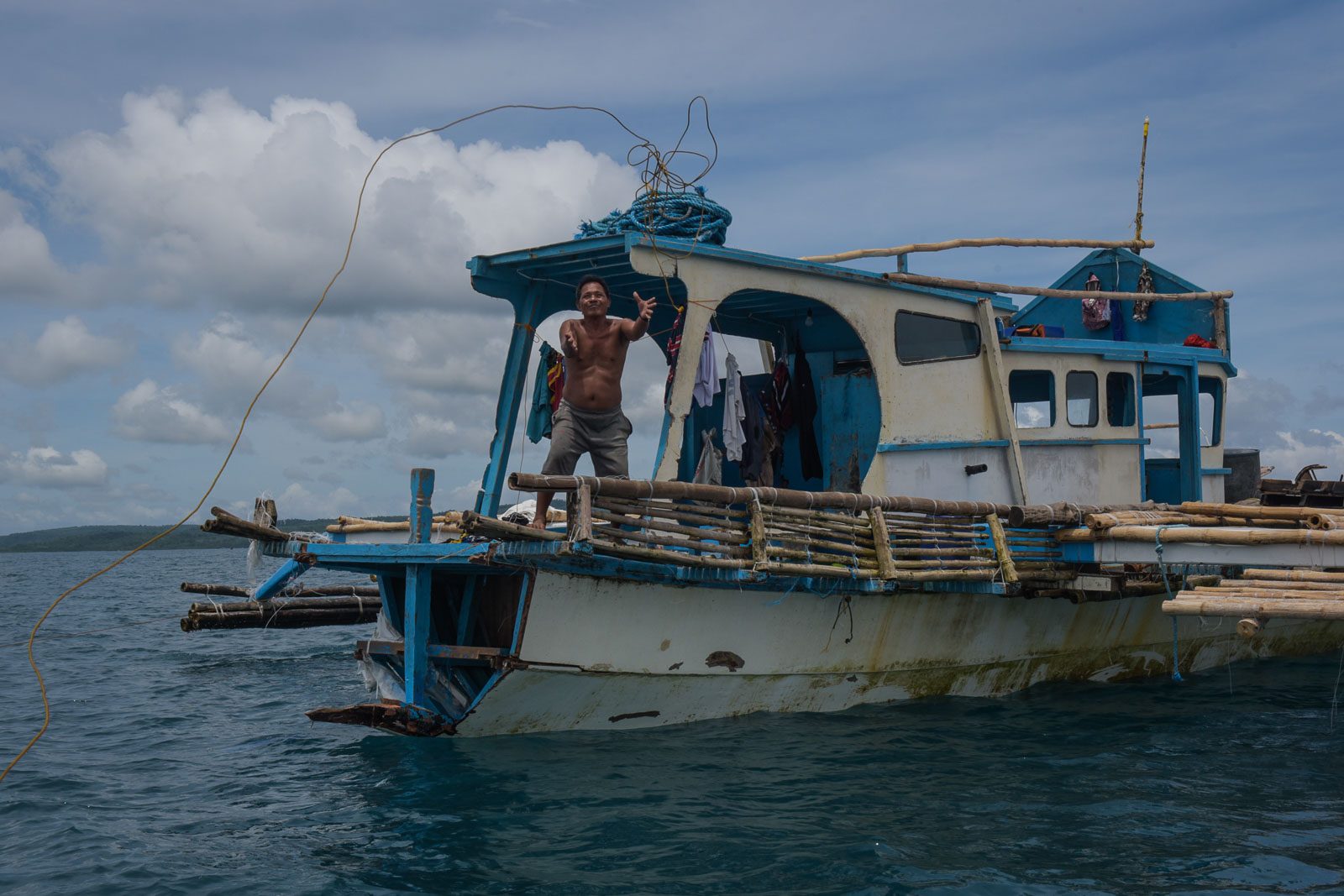
But China has bullied the Philippines and other Southeast Asian countries with claims in the South China Sea.
Just a few months before PRC’s 70th founding anniversary, the sinking and abandonment of Philippine fishing boat Gem-Ver by a Chinese vessel put the spotlight on the Duterte administration’s policy towards West Philippine Sea and China’s aggressive tactics in the maritime area, and tested Duterte’s warm ties with Beijing.
Months after this incident, reports from the Philippines defense departments also indicated Chinese fishing vessels do more than just fish in the West Philippine Sea, but are part of China’s strategy to control the resource-rich waters and deny Filipinos access to their exclusive economic zone.
A recent report from the Asia Maritime Transparency initiative said data from Chinese ships’ automatic identification system (AIS) showed Chinese coast guard vessels (CCG) were patrolling Luconia Shoals, Ayungin Shoal (Second Thomas Shoal), and Panatag Shoal (Scarborough Shoal) more frequently as part of its efforts to project power in the maritime area.
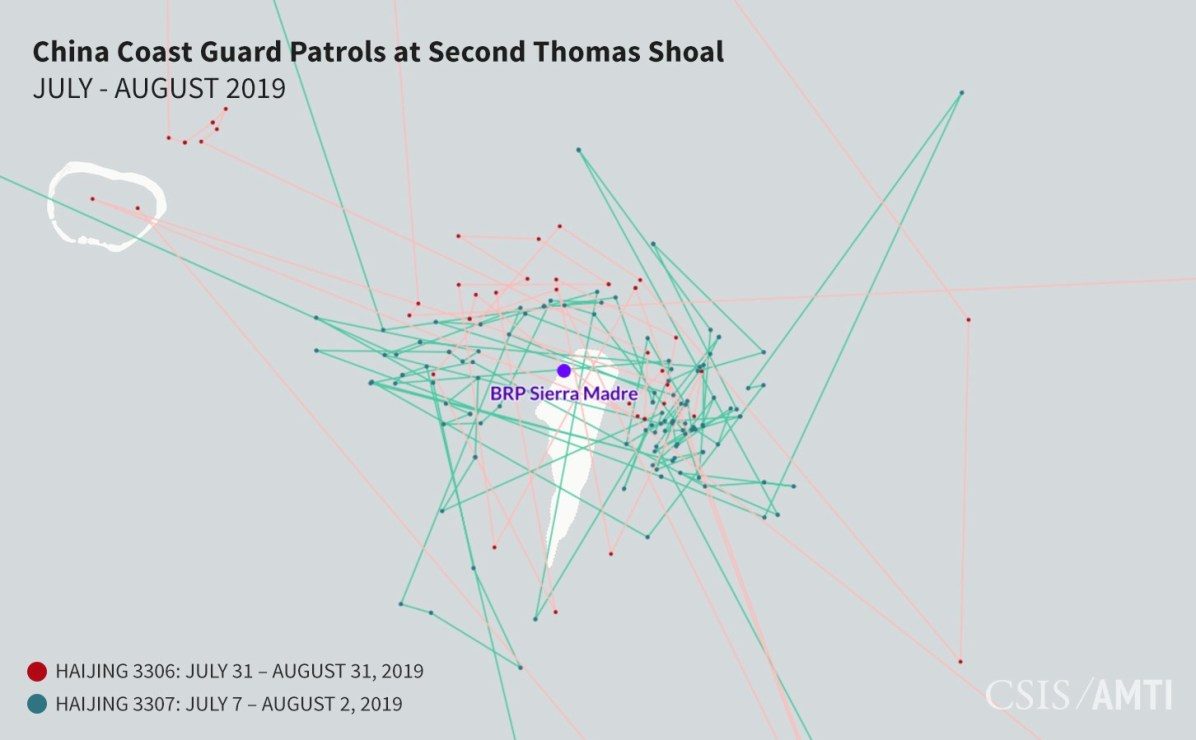
Data showed there was at least one ship broadcasting from Luconia on 258 of the last 365 days, at least one ship was broadcasting at Second Thomas on 215 days, and from Scarborough for 162 days. While other CCG vessels in the South China Sea don’t broadcast AIS, AMTI said CCG vessels in these areas “want to be seen.”
Why? The patrol pattern of CCG vessels in these areas signalled Beijing’s objective to create a “routine, highly visible Chinese presence at key sites” over which it claims sovereignty but does not have any permanent facilities, AMTI said.
China’s attempt to maintain a semi-permanent presence in these areas long enough, the think-tank warned, may become a “compelling blueprint for extending Chinese administration across other reefs and shoals.”
‘Fantasy of cordial relations’
This is largely why Filipinos have little trust in China.
Most Filipinos agree that the Philippine government “should assert its right to the islands in the West Philippine Sea,” according to a recent survey by SWS.
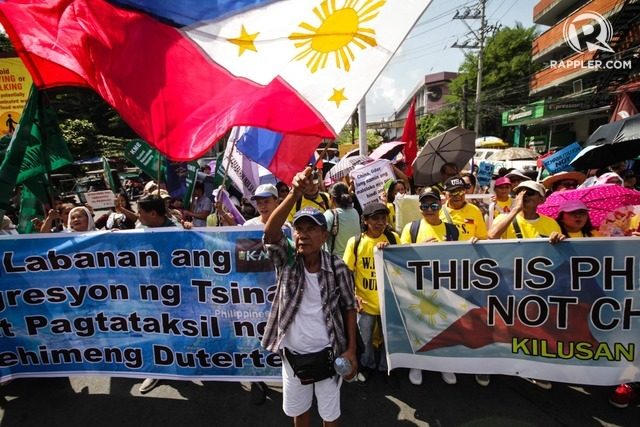
That polls have shown how much Filipinos withhold their trust from China indicated that Filipinos filter their view and attitudes towards China through the West Philippine Sea issue, according to Kraft.
“Objectively, the bilateral relationship is more than just the West Philippine Sea/South China Sea, but the latter is the precondition that shapes attitudes and perspectives towards China,” he said.
For Poling, Philippine and Chinese government efforts to promote an “image of cordiality and paper over differences,” especially on the South China Sea, is not sustainable. (READ: Philippines loses to China 3 years fter Hague ruling)
“Chinese harassment of Filipinos in the South China Sea hasn’t decreased under Duterte; it has increased (the difference is just that Manila tries not to publicize it),” he said.
“Sooner or later we’ll see a repeat of the Gem-Ver sinking, and next time it might well end with dead mariners. China is not prepared to compromise its claims, and is committed to use paramilitary force to assert them, so sooner or later that will lead to another incident that undermines the fantasy of cordial relations,” Poling added.
This matters not just for the Philippines, but other countries in Southeast Asia and countries like the US who are players in the South China Sea dispute.
After all, as Former Akbayan representative and State University of New York adjunct professor of sociology Walden Bello said, it is in the South China Sea where Beijing is most acutely confronted with the choice to continue its aggressive tactics or “take these criticism seriously and work with other governments… to strike out on a different and more benign path.”
“How it resolves its differences with its smaller neighbors there can provide a template for the way it meets the criticisms that have been levelled at it elsewhere,” Bello said in a Focus on the Global South publication released October 2.
As for the Philippines, Poling said: “Sooner or later, Manila will need to make a choice to stand up or accede to Chinese control of the West Philippine Sea. And every day it ignores that reality, China’s position gets stronger and the Philippines’ gets weaker.”
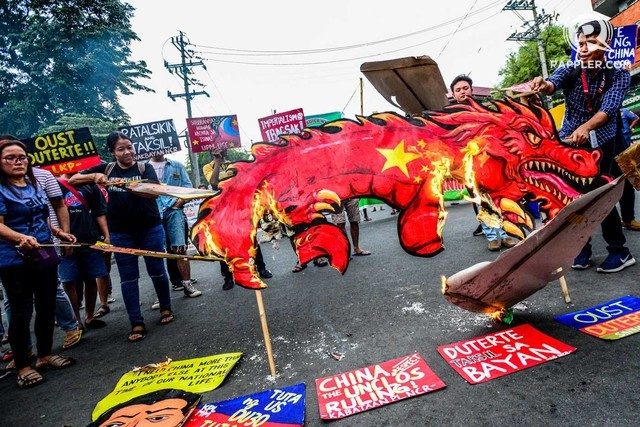
Policy challenge for Philippines
As China enters its 70th year under communist rule, where might its relationship with the Philippines be headed?
According to Kraft, official ties will remain cordial at least until the end of the Duterte administration.
“Over the short term, that is until the end of the Duterte Administration, the relationship will remain as it is…. Beyond that, however, it will depend on who will take over as President of the Philippines,” he said.
Unlike China, Kraft said the “proverbial short attention span of Philippine policy-making,” may also put Filipinos at a disadvantage as Beijing’s foreign policy “plays a long-term positional game in the region.”

This comes in stark contrast to Xi’s leadership where his recent moves to abolish term limits can be seen as the concentration of power and authority in his hands.
Calling for unity as “iron and steel” and a “source of strength,” the Chinese president asserted following the the communist party “enabled the Chinese people and the Chinese nation to move forward against all risks and challenges, from one victory to another.”
With such thinking and a long-term vision from Beijing, Kraft said it would do well for Philippine officials to work with the Chinese foreign ministry to ensure working relationships were “not dependent on the political exigencies of the next administration, and certainly not based on how badly the situation in the West Philippine Sea is going.”
“Otherwise, the relationship will swing according to the politics of the day.” – Rappler.com
TOP PHOTO: ‘NEW AT 70’. Chinese participants take part in a gala in Tiananmen Square in Beijing on October 1, 2019, to mark the 70th anniversary of the founding of the People’sRepublic of China. Photo by Noel Celis/AFP
Add a comment
How does this make you feel?
There are no comments yet. Add your comment to start the conversation.